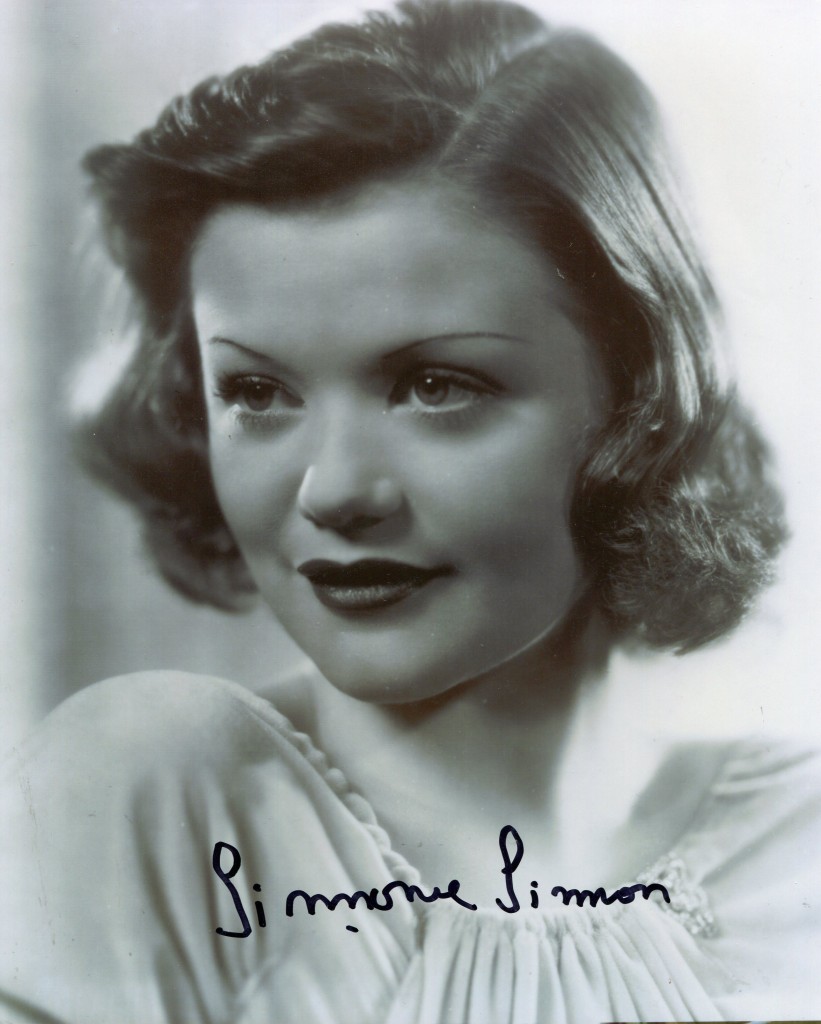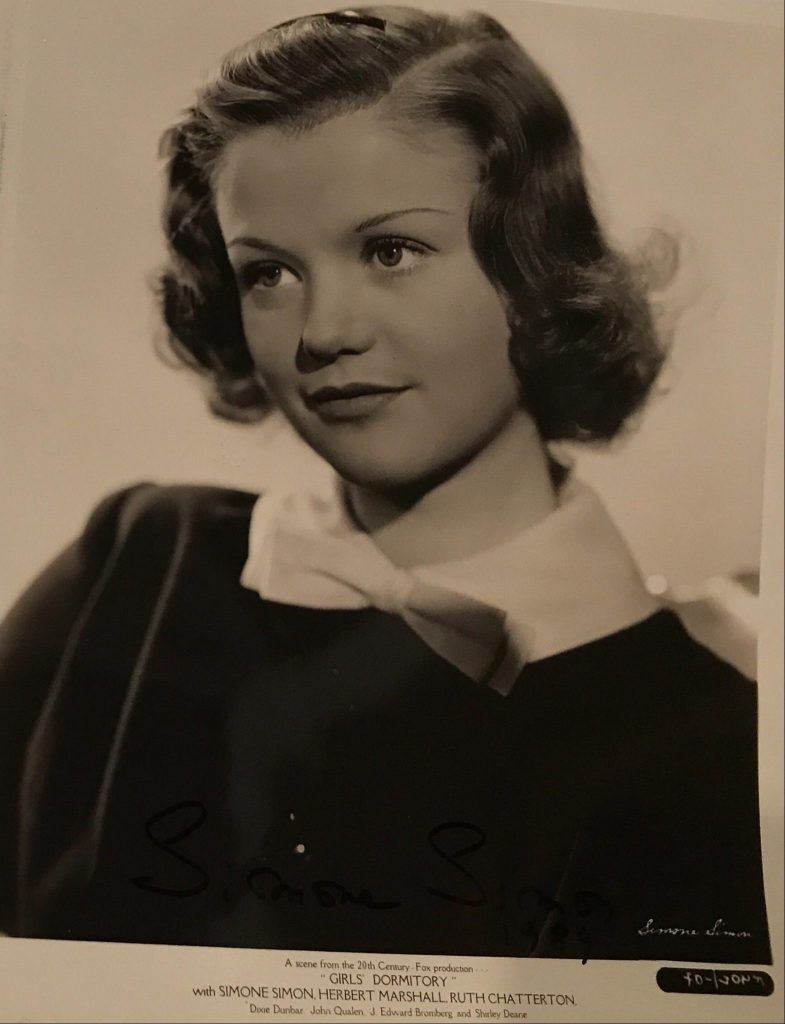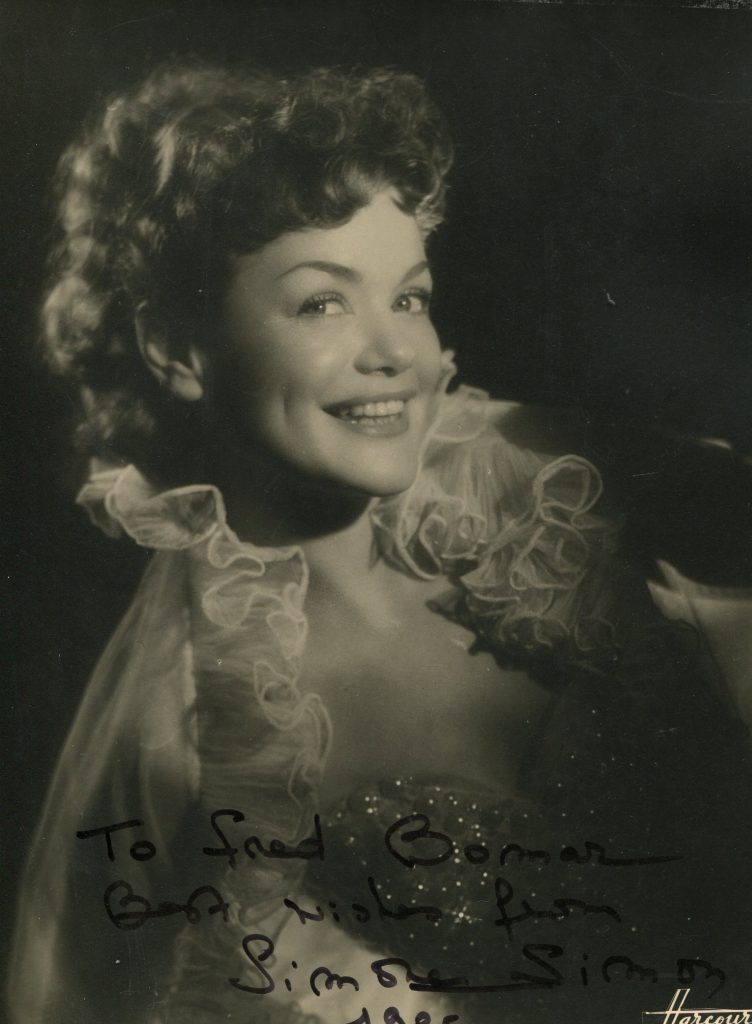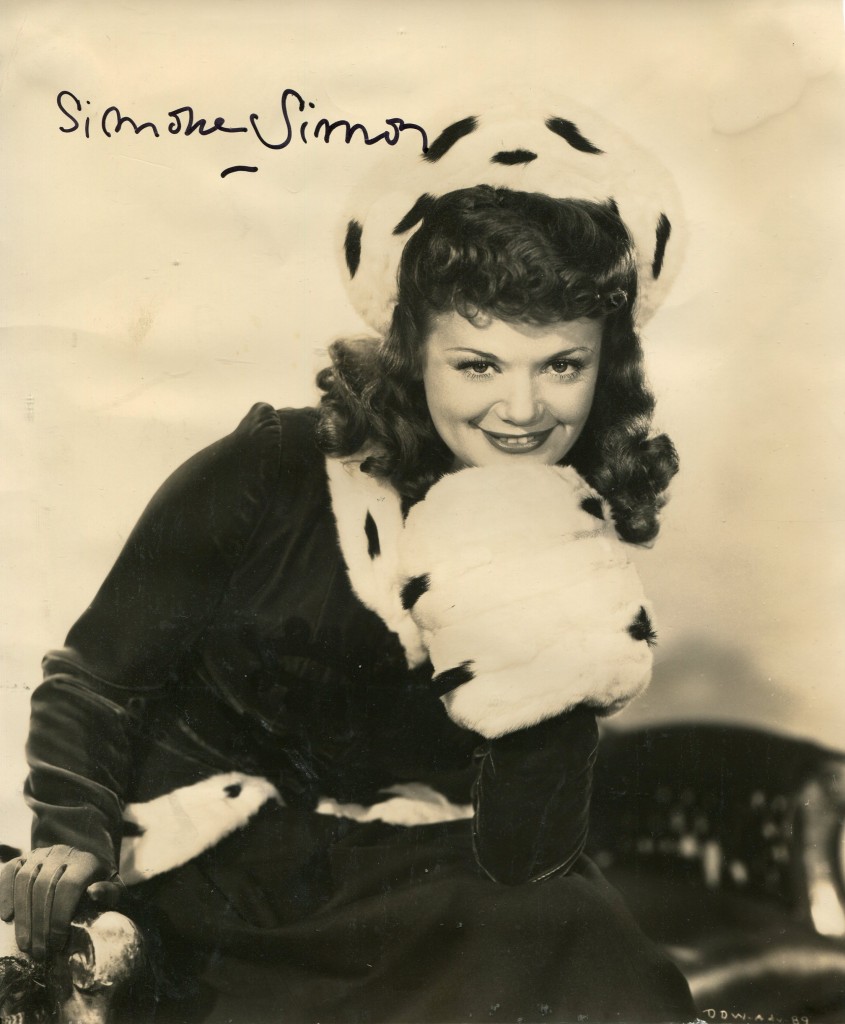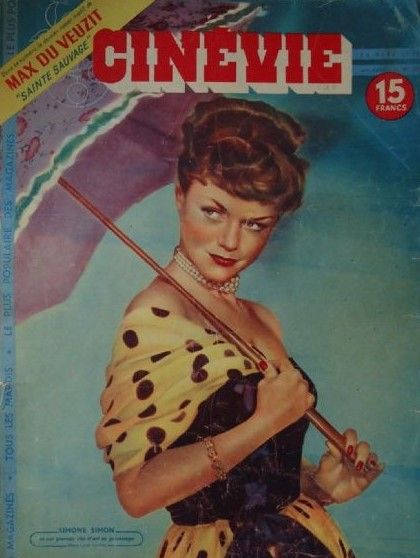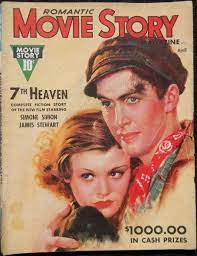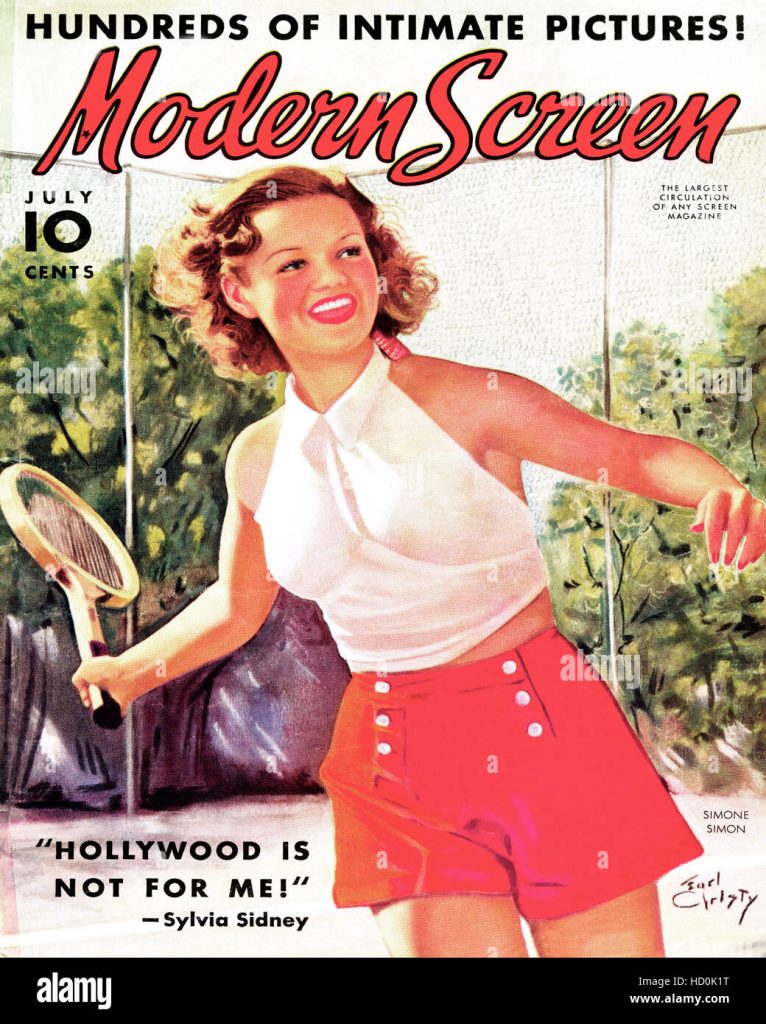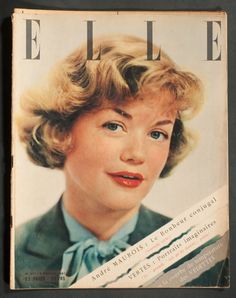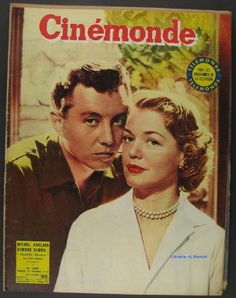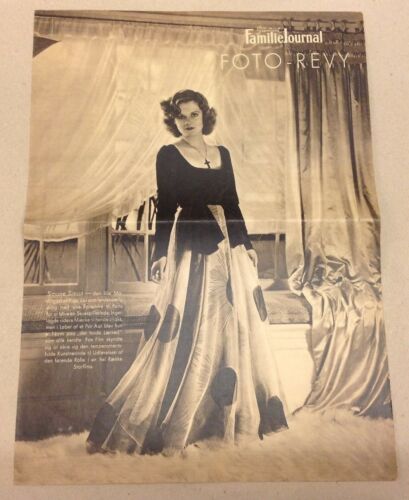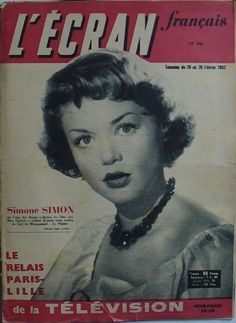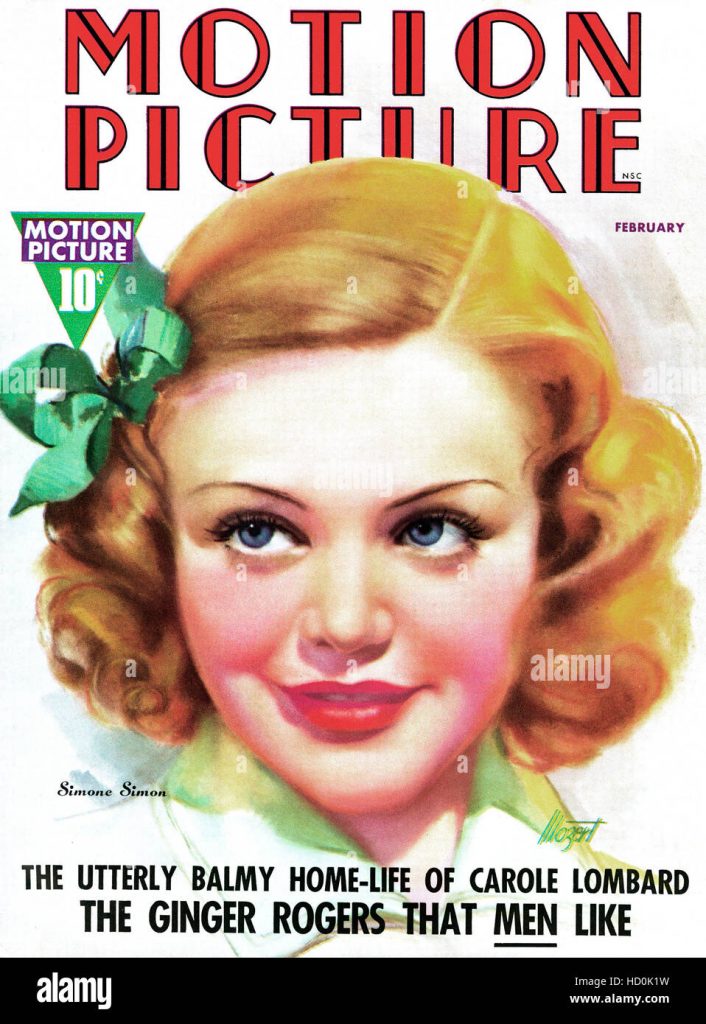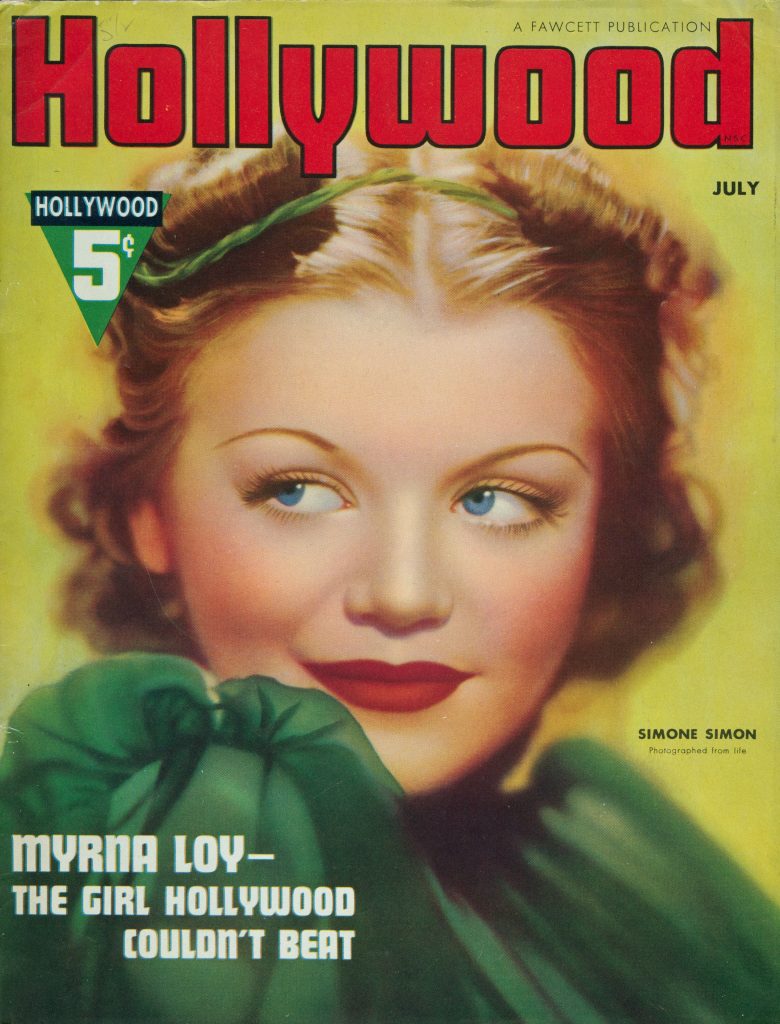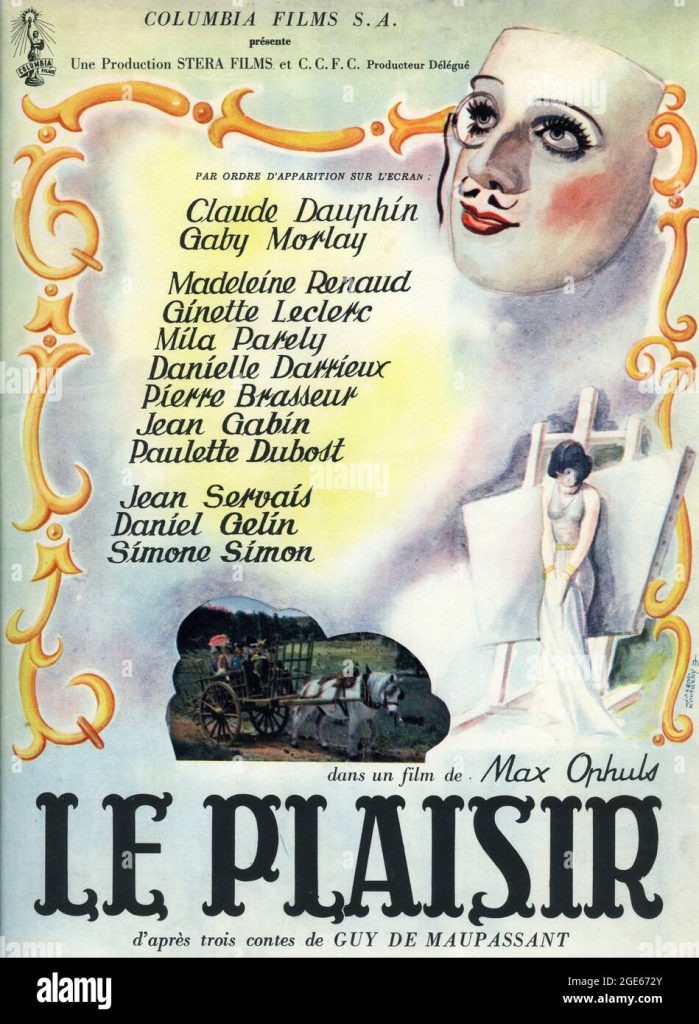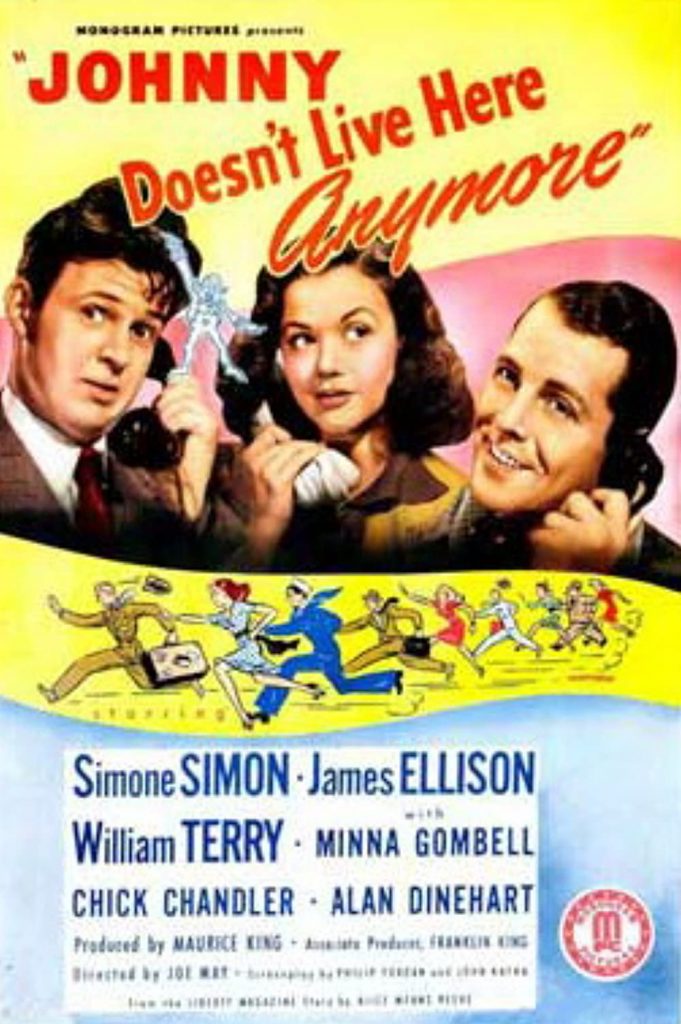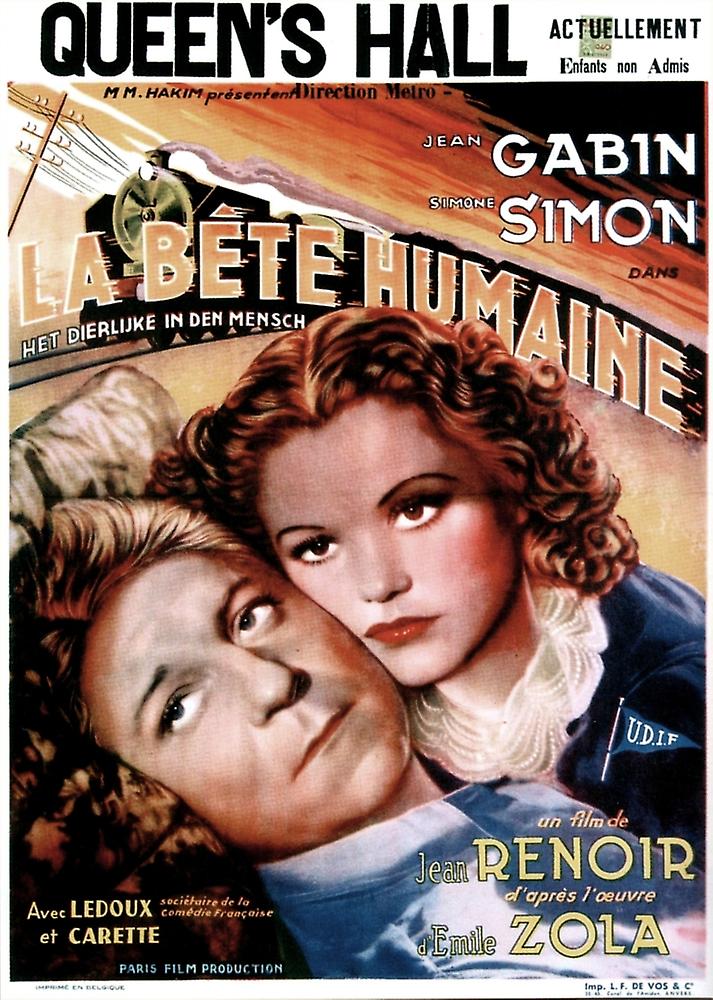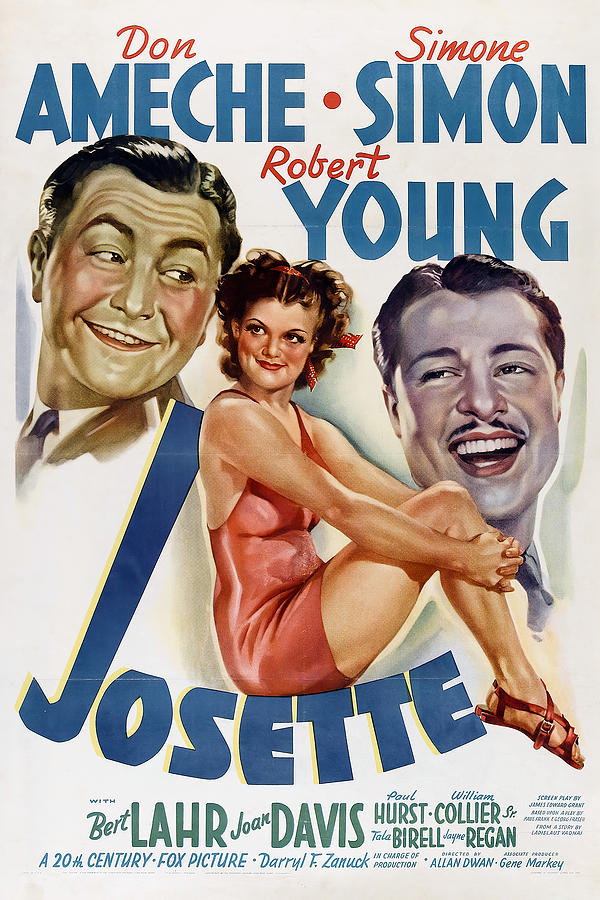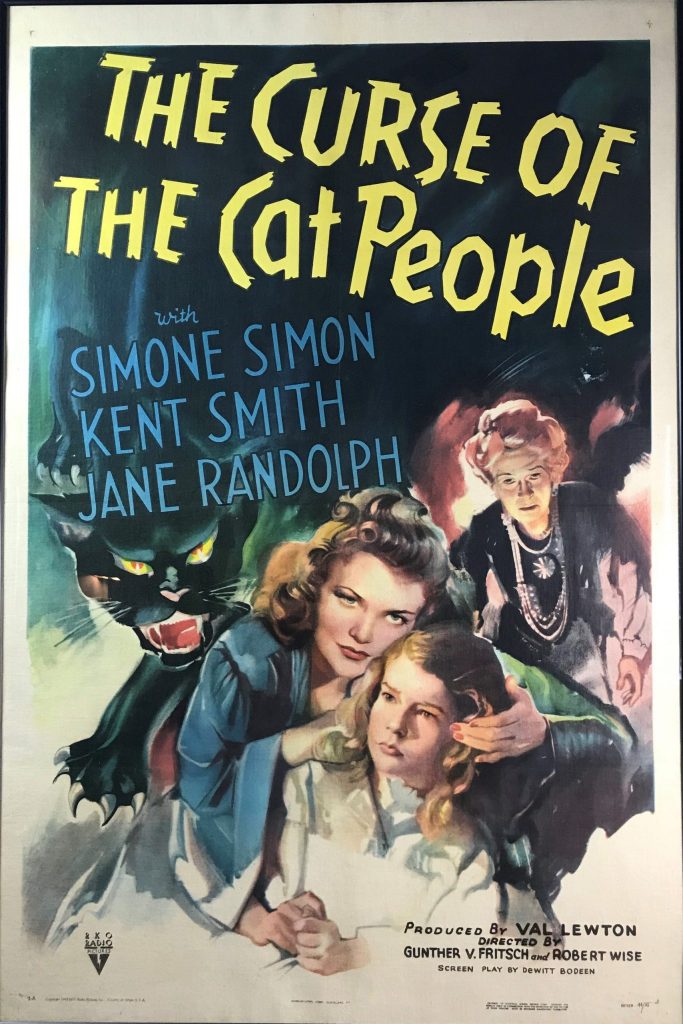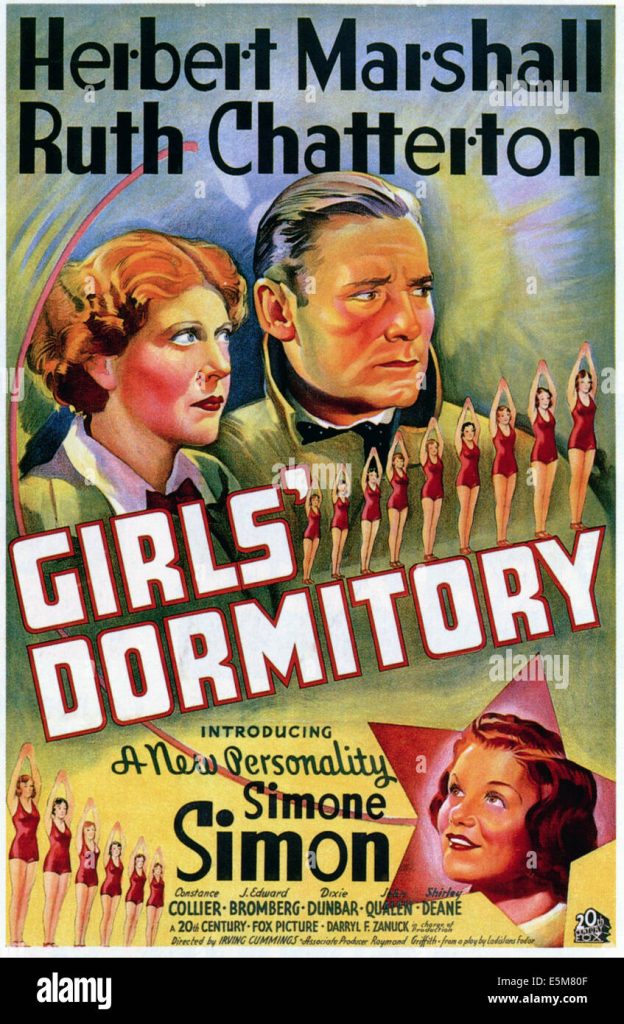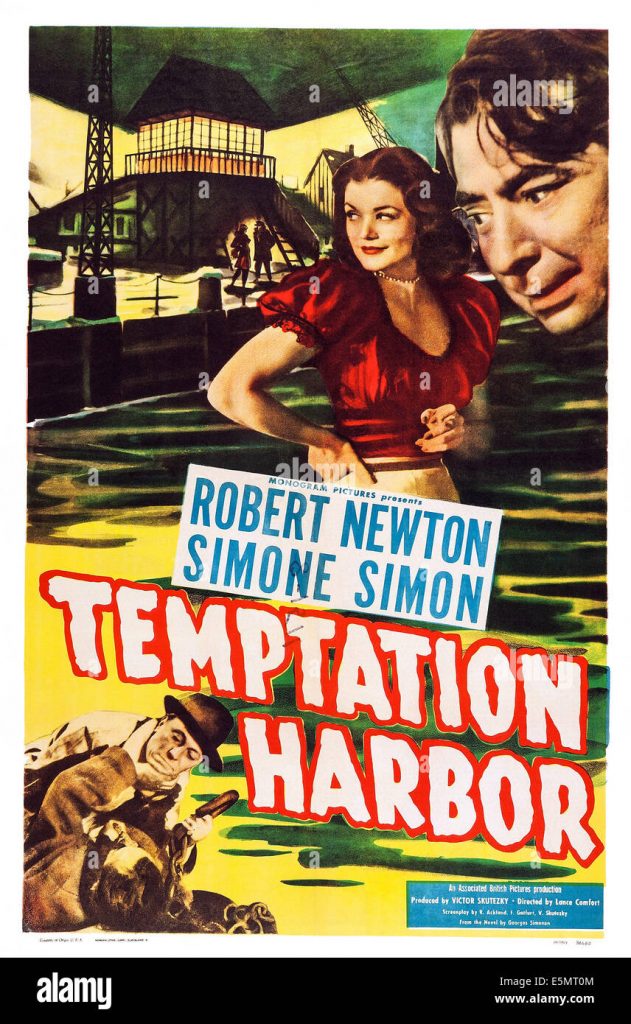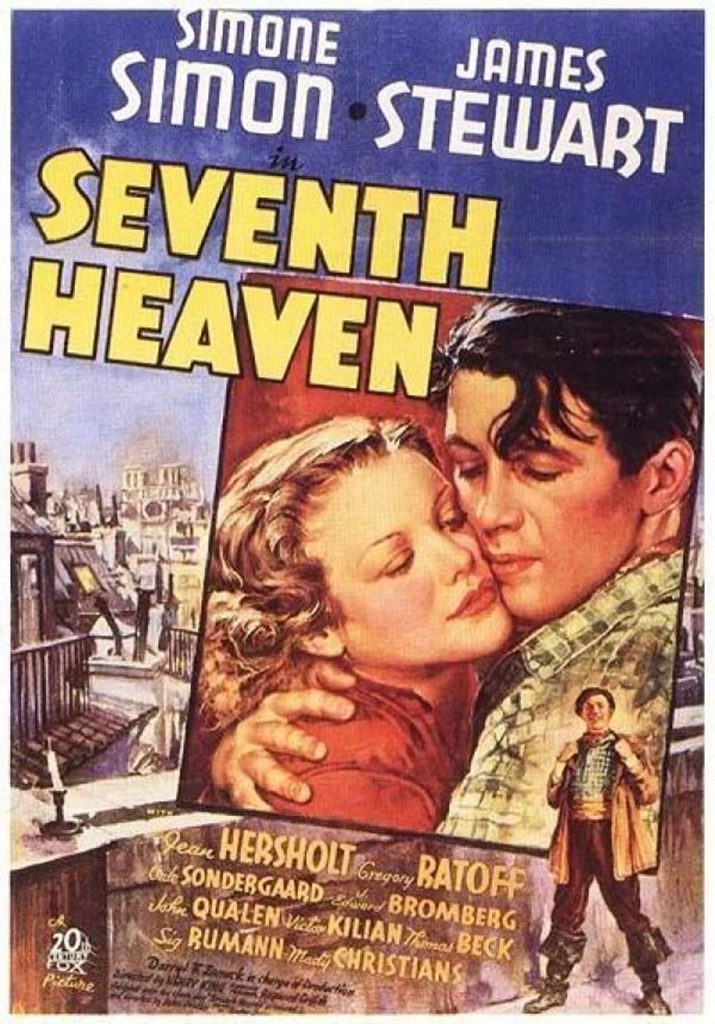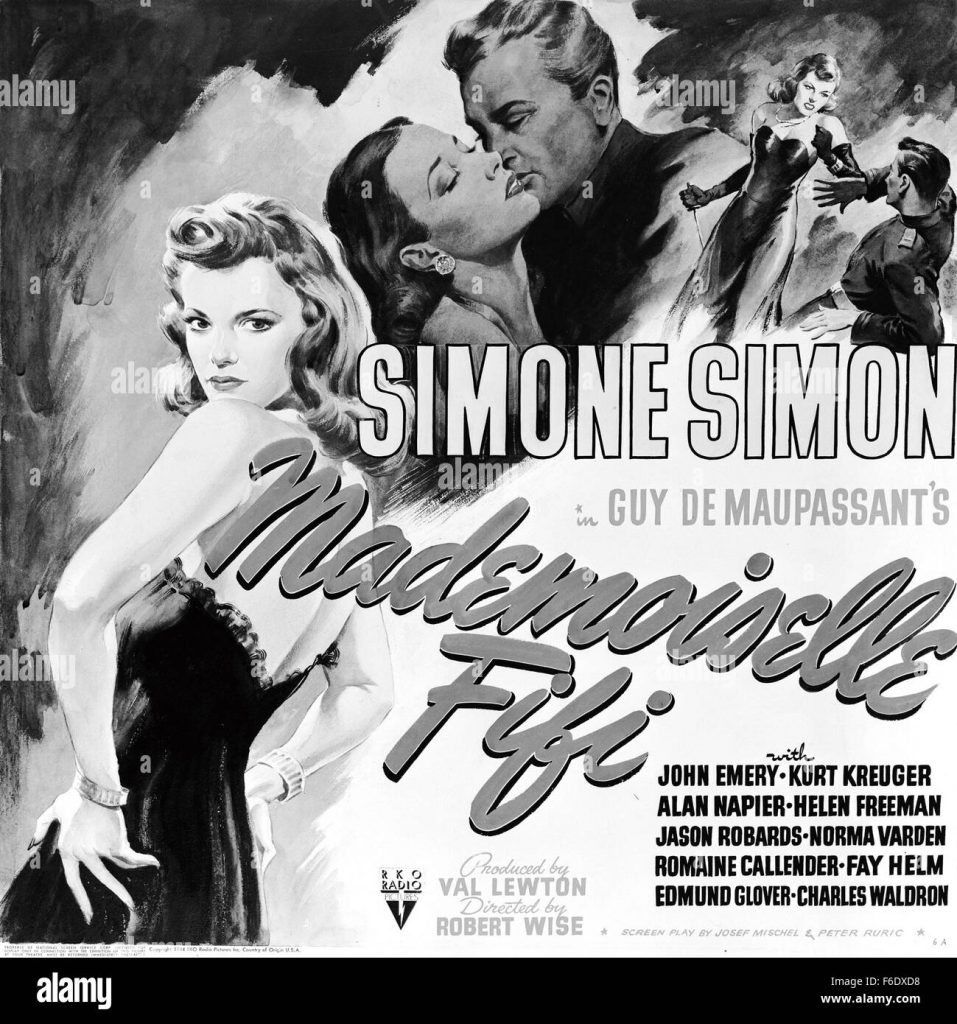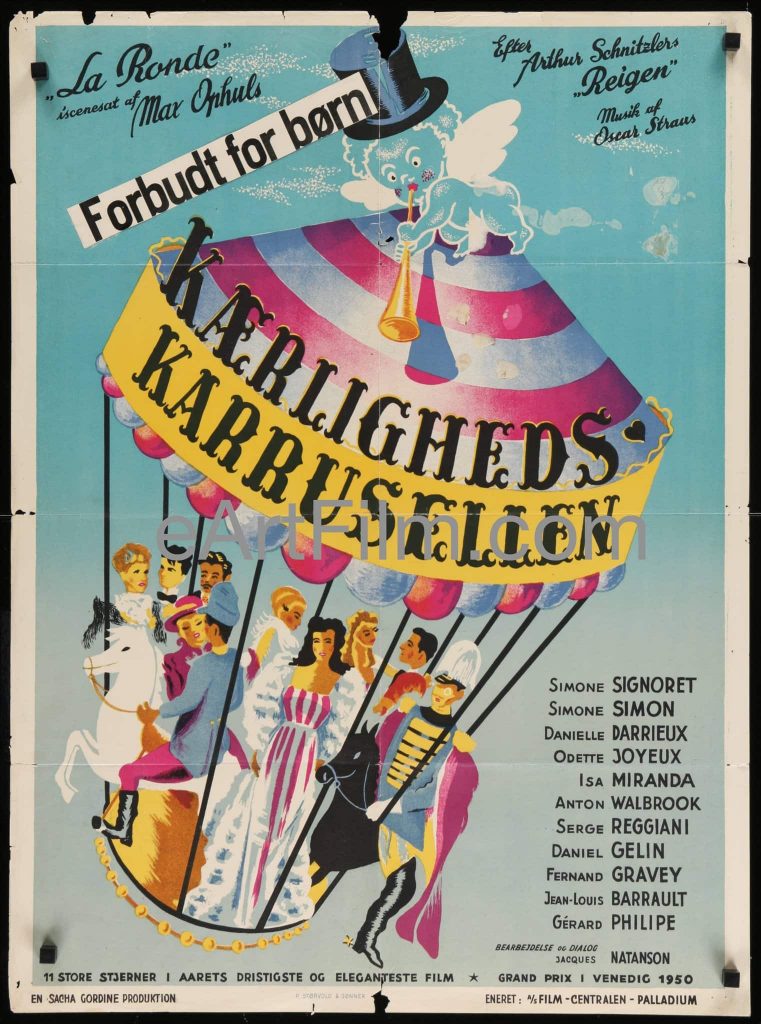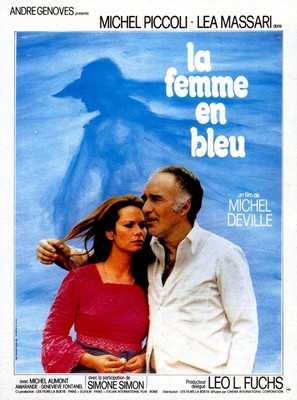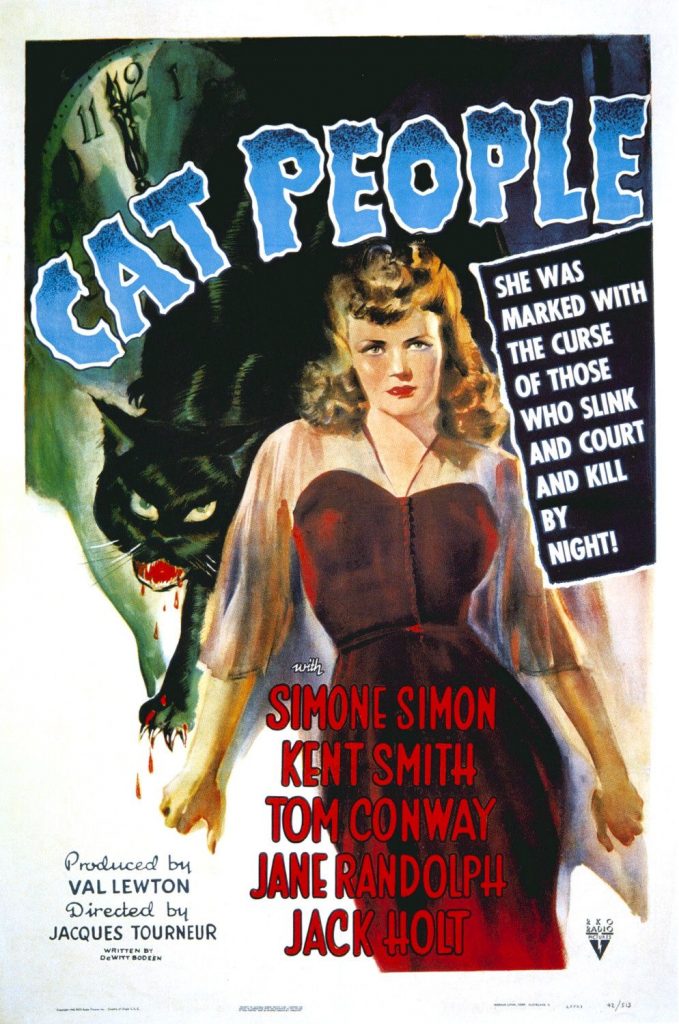

Yul Brynner obituary in “The Los Angeles Times”.
Yul Brynner can claim two iconic roles to his credit. He will forever be associated with the musical “The King and I” where he played King Mongkut of Siam. He first played the role on Broadway in the early 1950’s and won the Academy Award for Best Actor for the film in 1956. His other celluloid image is as Chris Larabee Adams in the hugely popular “The Magnificent Seven”. For trivia fans, can you name the other six actors who formed the magnificent seven without checking on the internet.
His obituary in “Los Angeles Times:
Yul Brynner, who with shaved head and regally haughty presence played and replayed the starring role in “The King and I” for more than 30 years, died early today in a New York Hospital. He was 65.
With him when he died at 1 a.m. at the New York Hospital-Cornell Medical Center were his wife, Kathy Lee, and his four children, said Josh Ellis, the actor’s spokesman.
“He died of multiple complications that came as a result of what was originally cancer,” Ellis said. “He faced death with a dignity and strength that astounded his doctors. He fought like a lion.”
“He was a remarkable person,” Charlton Heston, who starred with Brynner in Cecil B. DeMille’s 1956 movie epic “The Ten Commandments,” told the Associated Press. “His work in ‘King and I’ was beyond compare. He was a very special talent. I’m very sorry to hear of his death.”
FOR THE RECORD – Yul Brynner: The obituary of actor Yul Brynner in the Oct. 10, 1985, Section A reported his birth date as July 11, 1917. According to public records, he was born July 11, 1920.
Though there were other Broadway and movie roles for Brynner, it is doubtful that any successful actor of his time had been so associated with a single character as was Brynner with the arrogant, bombastic King of Siam.
None of Brynner’s other parts were nearly as memorable as the king. If he became typecast, it was something Brynner didn’t seem to mind. For one thing, there were certain physical limitations that kept him from a wider variety of parts.
“I would have liked to play Henry Higgins (in ‘My Fair Lady’),” he told a Times interviewer a decade ago, “but I couldn’t because of my accent and looks. Unless I did it with an Outer Mongolian touring company.”
For another, the money from the play, the movie, and the seemingly countless touring companies of the play made him a millionaire.
Born Taidje Khan on July 11, 1917, on the island of Sakhalin off northern Japan, Brynner was the son of a Mongolian mining engineer and a Gypsy mother who died at his birth. His father was born in Switzerland and later secured Swiss citizenship and changed the family name to Brynner.
For the first eight years of his life, young Yul lived in China, and then was sent by his father to live with his maternal grandmother in Paris, but she died soon afterward. He attended a Paris school for a time, but dropped out at the age of 13 and joined a Gypsy troupe as a traveling minstrel.
He worked as an acrobat in a French circus for three years, performing on the high trapeze. But after a bad injury, Brynner turned from the circus to the stage.
It was acting that brought Brynner to America, touring in a struggling Shakespearean troupe on college campuses. He added English and some Russian (learned from other actors) to his collection of languages that included French, Japanese and Hungarian while playing small parts and driving the troupe’s bus–all for $25 a week.
In February, 1946, he made his debut on Broadway, playing an Oriental prince opposite Mary Martin in “Lute Song.” After 142 performances, Brynner took the show on tour.
But Brynner had doubts about his ultimate success as an actor. Years later, he remembered one night on stage–long before “The King and I”–when an outraged theatergoer hit him with a shoe. “And it was a perfectly serviceable shoe,” he said. “The man must have really hated me.”
Brynner returned to New York in 1948, putting aside his stage acting ambitions and settling comfortably into the role of actor, director and producer in the fledgling television industry, ultimately directing episodes of “Studio One,” one of the more successful live, anthology television shows of the 1950s.
But Brynner fell in love with the script of “The King and I” when Richard Rodgers and Oscar Hammerstein offered him the role. Hammerstein had seen Brynner in “Lute Song,” thought well of him and was influenced by Martin’s recommendation.

The musical story of the imperious Thai king and the proper British teacher, Anna Leonowens, who went to Siam in the 1860s to instruct the king’s huge flock of offspring and then had to acclimate herself to his court habits of polygamy and bowing at ground-level, had a rocky start when it opened out of town in New Haven, Conn., in February, 1951.
“It was a disaster,” Brynner said in 1981. “It was almost five hours long. There was nothing but conflict between Anna and the King. . . . Rogers and Hammerstein understood immediately that unless there was an underlying fascination (between the two characters), then there really couldn’t be a fascinating show.”
With the book cut and sweetened, as well as a couple of new songs added (“Shall We Dance” and “Getting to Know You”) the show, starring Gertrude Lawrence and Brynner, opened in New York at the St. James Theater on March 29, 1951. It was a first-night hit.
“Richard Rodgers told me, ‘You opened. You have a hit. Now freeze it,’ ” he said in late 1984, just before opening in yet another Broadway revival of the show.
The above “Los Angeles Times” obituary can also be accessed online here.
A website on Yul Brynner can be accessed here.





































